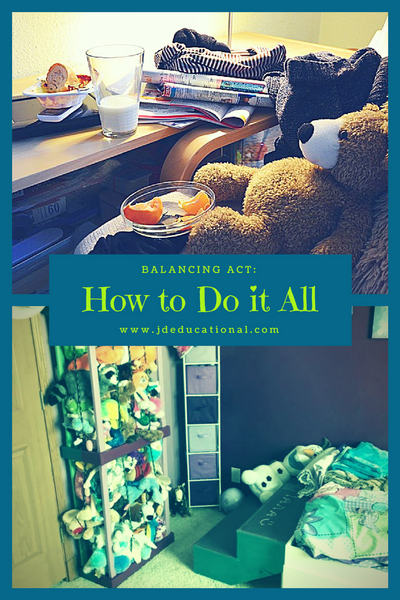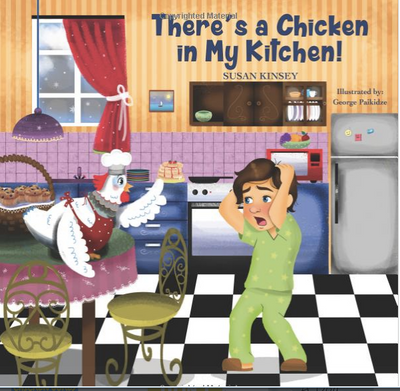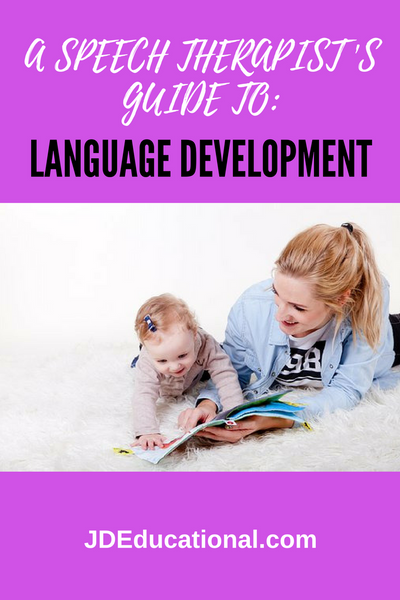Sometimes children cry, sometimes they scream, sometimes they run to a familiar adult for a hug and other times they kick and push another child away. Learning how to manage our emotions, communicate our feelings and problem solve are skills that prepare us for success as children, teens and adults.

Why are young children so unpredictable when an event happens that they don't like? Did you know that over 90 different human emotions have been identified? Toddlers and preschoolers react to their emotions in a variety of ways. Teach your child these 3 Skills to respond to their emotions by calming down and communicating, preventing future tantrums.
1. How to Calm Down
When adults get frustrated, some drink coffee, go on a walk, take a deep breath or chew gum. Maybe we put on good smelling lotion, listen to our favorite song or call a loved one.
Taking this "break time" to gather our thoughts and calm our nerves helps us respond to stressful situations in a clear and thoughtful way (instead of reacting in a way that will hurt us later).
Over time, you have learned which calm down strategies help you clear your mind. Young children react to their emotions by hitting, kicking, pushing and screaming because they haven't learned these calming strategies yet.
Once children learn these strategies and independently take some time to calm down and clear their head, a full-blown tantrum can be prevented! This Soothing Sammy Program teaches young children these skills in a hands on, visual and child-friendly way.

2. How to Communicate their Feelings
Now that your child has calmed down, they can tell an adult what they are feeling and why.
For example:
In the previous section, I mentioned that there are over 90 different emotions.
Communicating how we feel by describing different emotions (such as surprised, hurt, tired, hungry, angry, sad, upset, scared, annoyed, frustrated, etc) is the first step to solving the issue at hand. How are 2, 3 and 4 year olds supposed to know all the words for these emotions?
Flash cards of feeling faces isn't always the most effective way because children learn best through movement and play. Learning emotion words through a variety of activities helps children recall them during high-stress situations. Playful feelings games are included in the Soothing Sammy Program.

3. How to Problem-Solve
Once your child is able to communicate how they feel and why they feel the way they do, they can solve their problem.
An example of problem-solving between siblings is:

Now that your child has found a solution for this problem, help them plan for what to do in the future.
Example:
One simple solutions for sharing objects is to have a special spot for young children to place the object when they are done with it. In the previous example, placing a basket in one part of the room will help the children learn how to take turns.
Tell your child: "When you see (name other child) playing with a toy you want, ask them "When you are done with that I want to play with it, can you put it in the basket?""
Learning how to manage these situations at a young age sets children up for success as they grow into their teenage and adult years. Less tantrums equal more peace, more joy and more laughs and builds your child's confidence.
This Soothing Sammy Program teaches children how to calm down, communicate and problem-solve in a way that is easy for them to remember and easy for parents implement.
Michele did it in one week!
"Soothing Sammy is such a great idea! I've only had it about a week, but my daughter (3 year old) took to the method immediately. I also love the resources that complement it. The additional book goes above and beyond in helping you understand emotions and how to properly express them. Great for EVERY family!"
- Michelle

Find out how to get your own Soothing Sammy Set HERE!
Resources and Studies: The importance of mastering social and emotional development before Kindergarten:
1. Psychology Today: Why a Child's Social-Emotional Skills are so Important
2. Education Corner: 5 Social Skills that are Important for Kindergarten
3. New America: New Study Links Kindergarten Social-Emotional Skills to Long-term Success
4. Children Need Social and Emotional Skills to Be Kindergarten Ready and Reach Long-Term Success
5. John Hopkins Health Review: Kindergarten Readiness Is Key to Future Success






It’s amazing I do have issues like this so often with kids both at home and in school but reading through has proffer a sound solutions for me thanks for such piece.